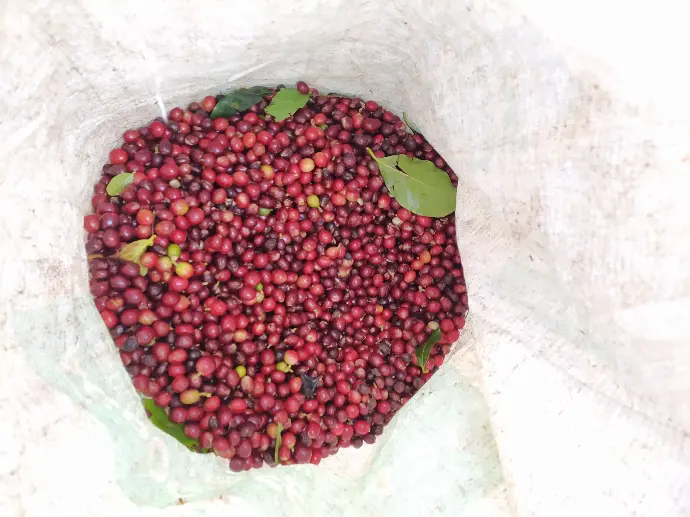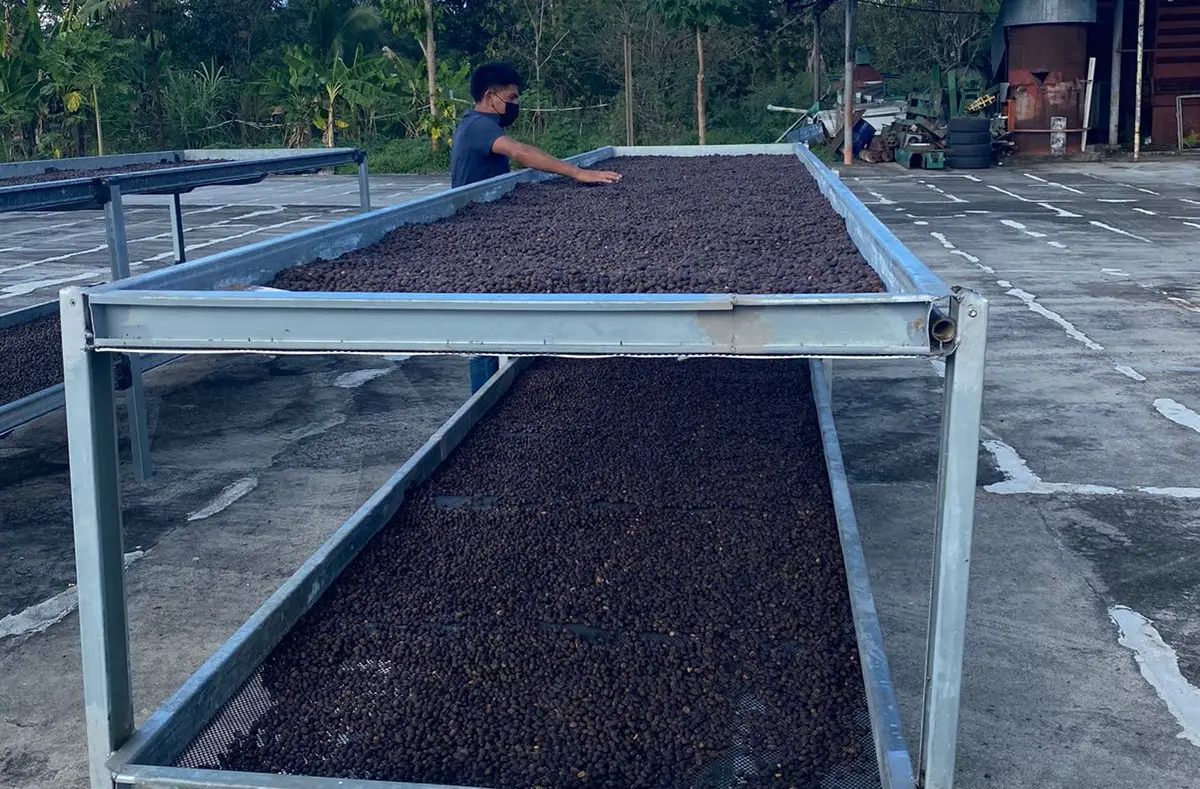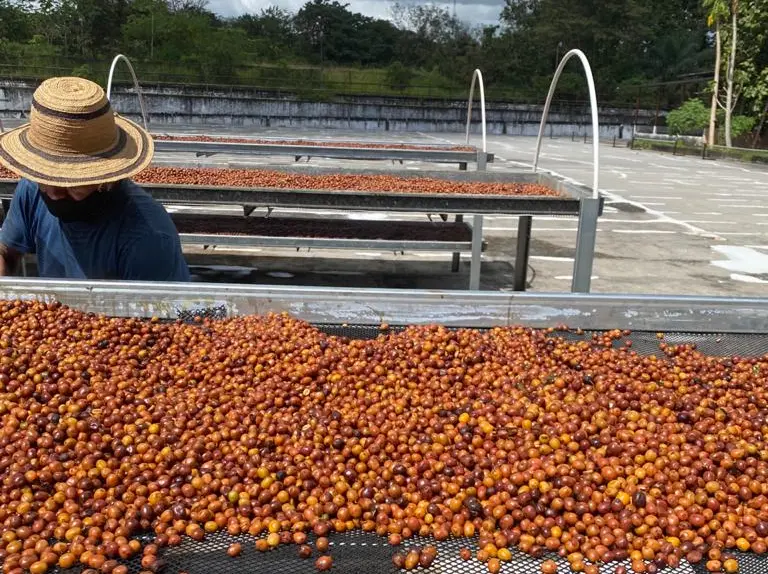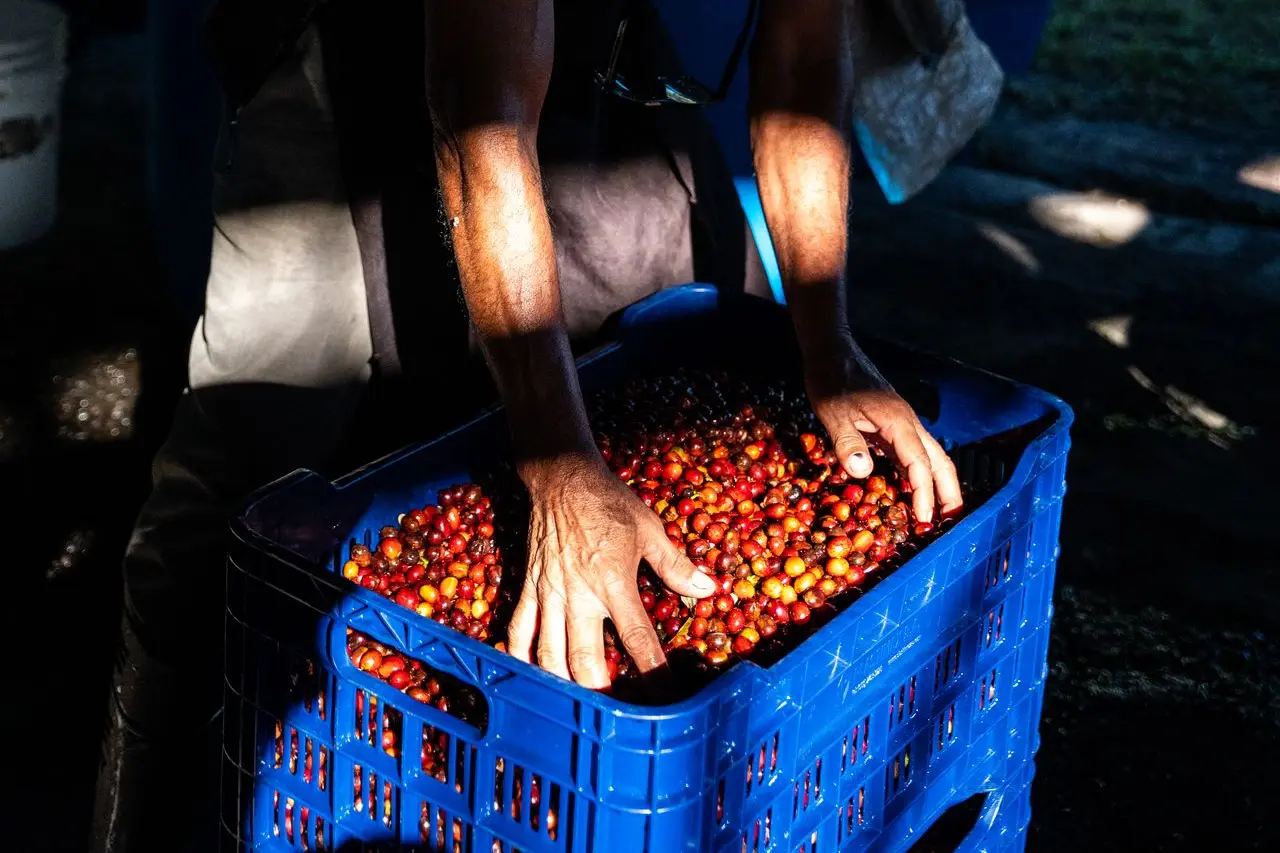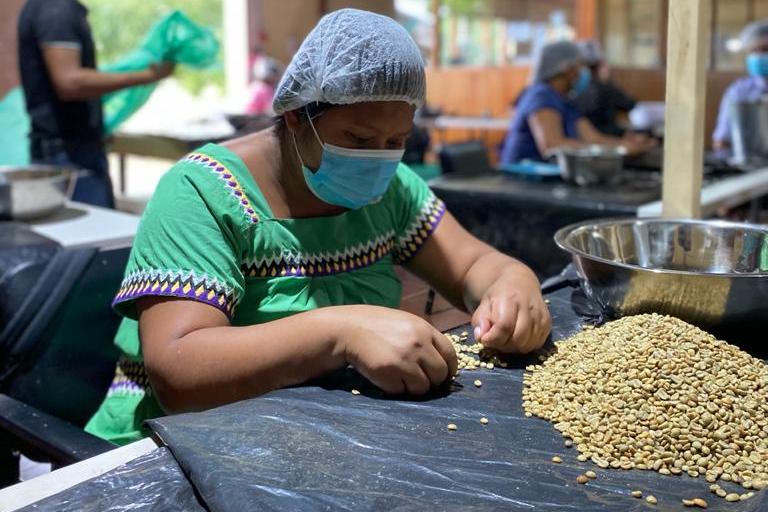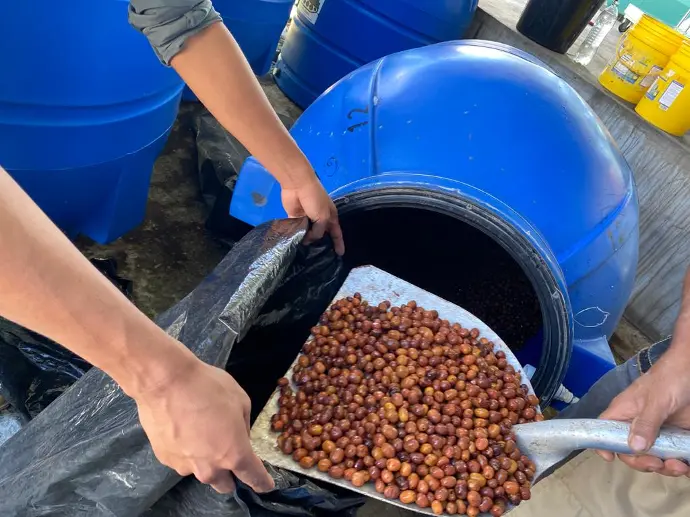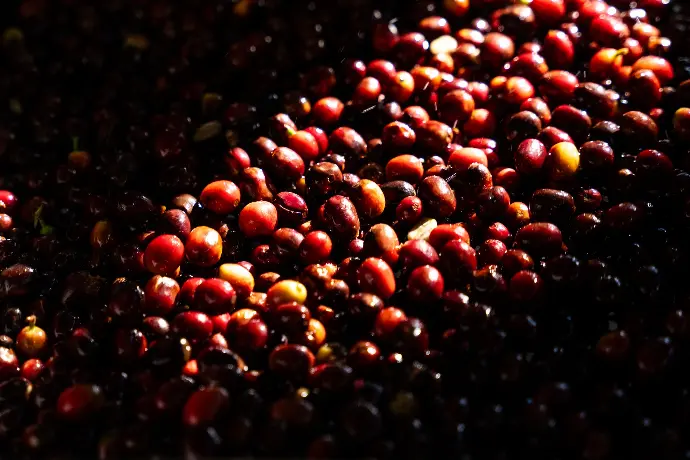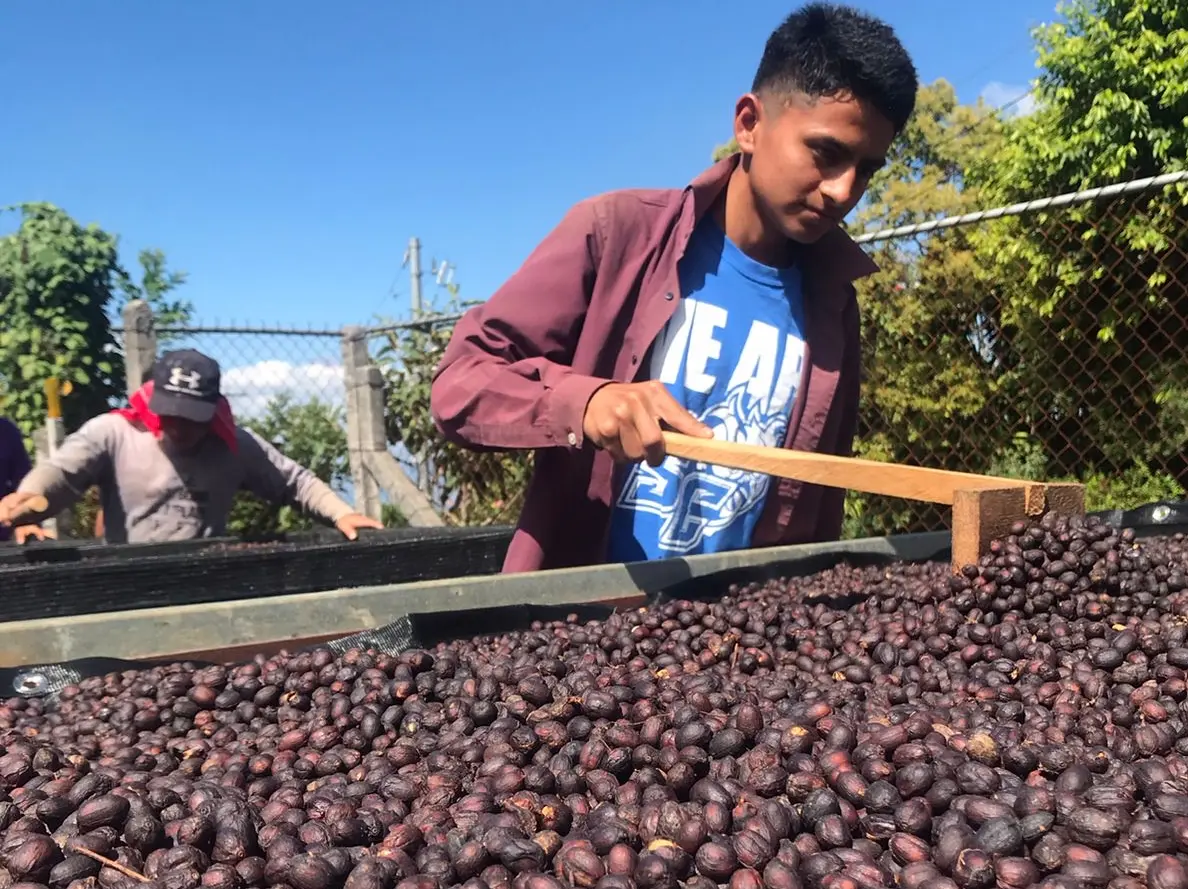Green Coffee
Coffee Farming
Great stories have a personality. Consider telling a great story that provides personality. Writing a story with personality for potential clients will assist with making a relationship connection. This shows up in small quirks like word choices or phrases. Write from your point of view, not from someone else's experience.
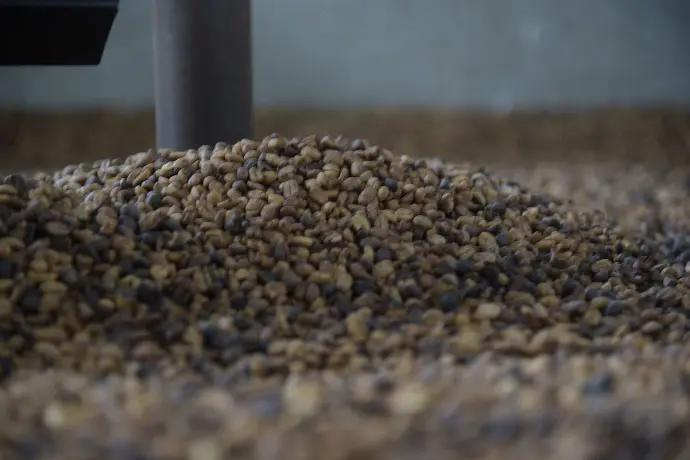
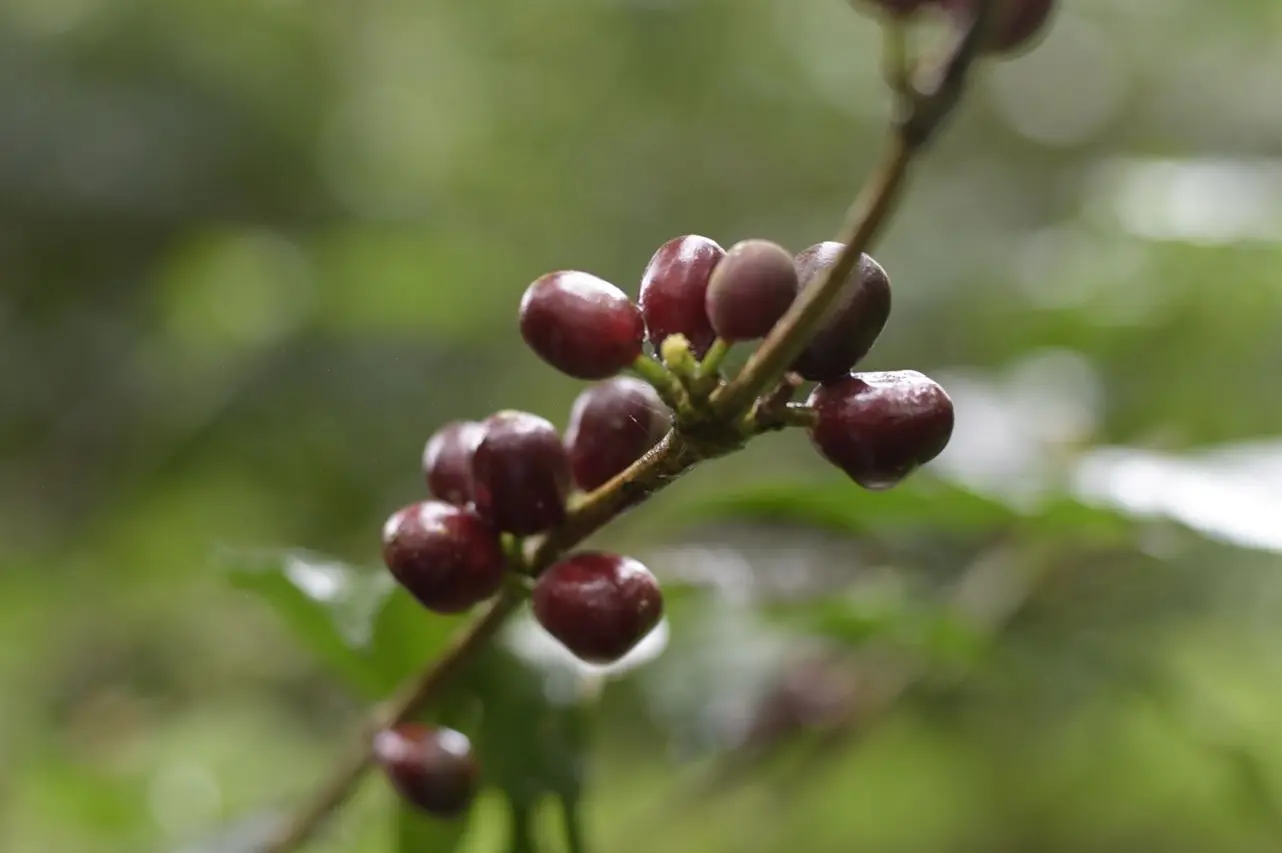
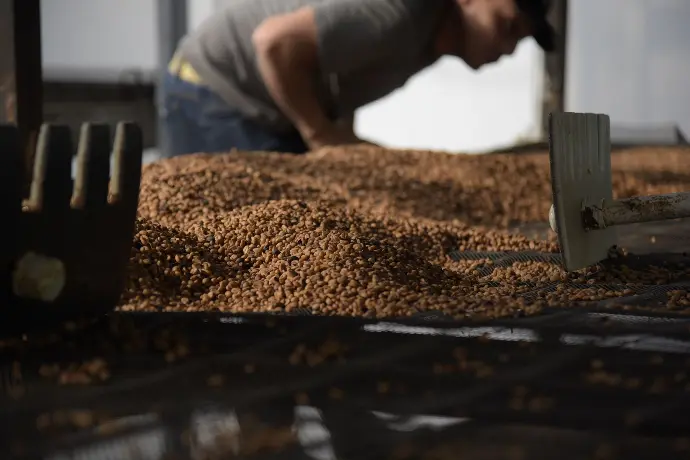
Coffee Growing
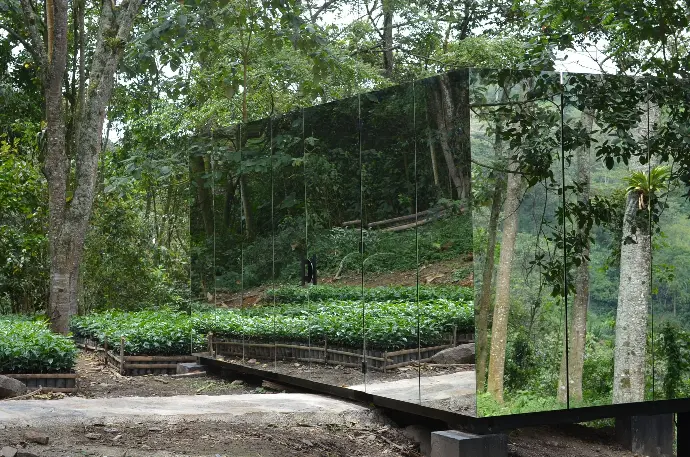
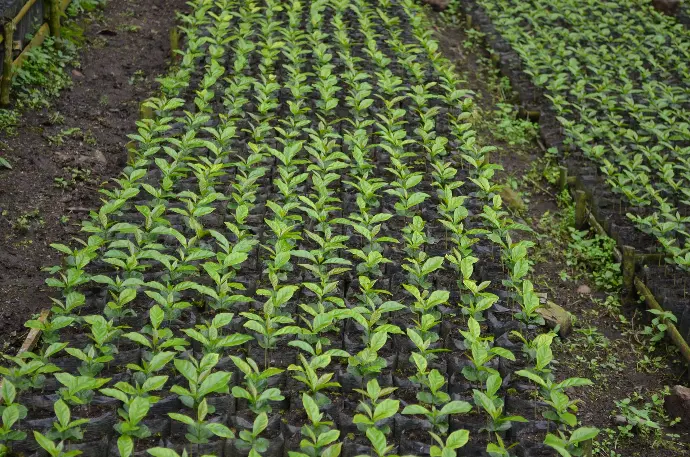
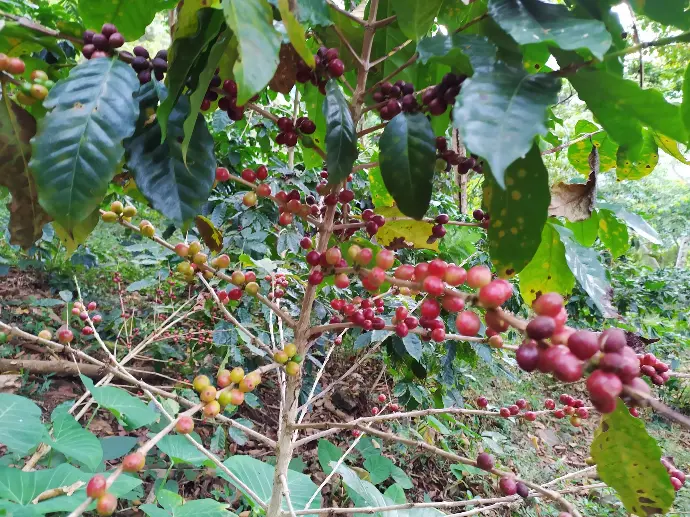
The coffee bean itself is in fact a seed. Once planted in nurseries, seedlings will take between 3 to 4 years to mature and begin bearing fruit. It can however take around a decade for a tree to fully become established. Once mature, trees typically only bear one harvest a year.
Ideal average temperatures range between 15 to 24ºC for Arabica coffee and 24 to 30ºC for Robusta, which can flourish in hotter, harsher conditions. Coffee needs an annual rainfall of 1,500 to 3,000 mm, with Arabica needing less than other species. Whereas Robusta coffee can be grown between sea-level and about 800 metres, Arabica does best at higher altitudes and is often grown in hilly areas.
The average Arabica plant is a large bush with dark-green oval leaves. The fruits, or cherries, are rounded and mature in 7 to 9 months; they usually contain two flat seeds, the coffee beans. When only one bean develops it is called a peaberry.
Robusta is a robust shrub or small tree that grows up to 10 metres high. The fruits are rounded and take up to 11 months to mature; the seeds are oval in shape and smaller than Arabica seeds.
Harvesting
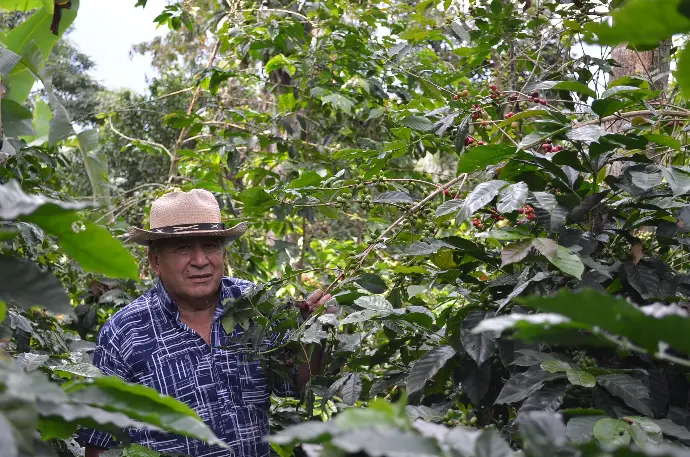
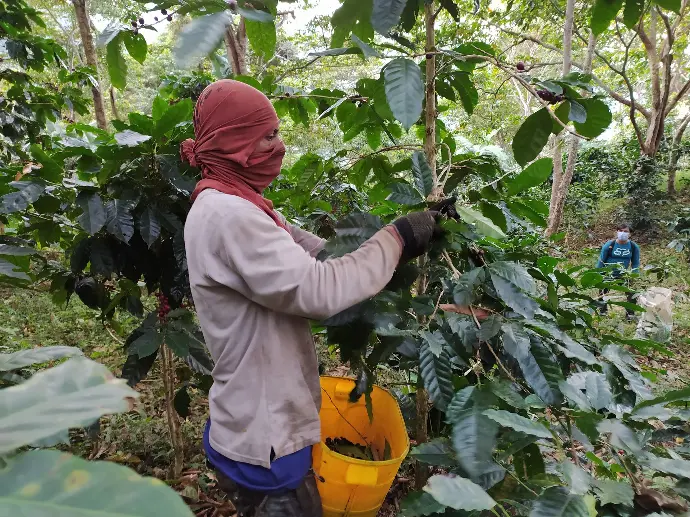
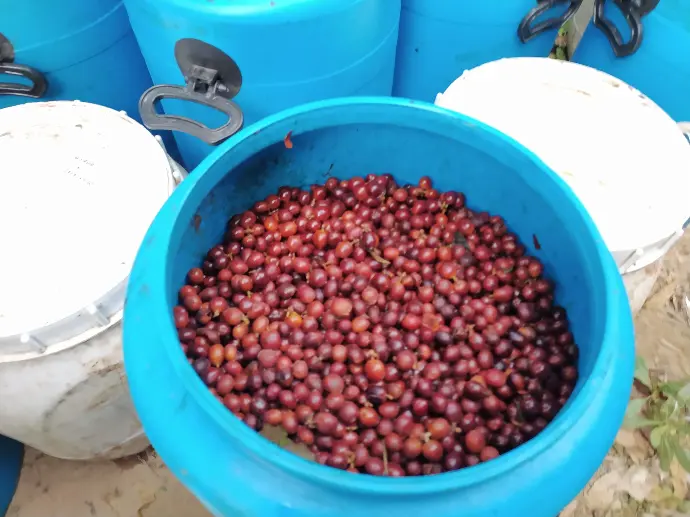
Coffee cherries will typically turn red when ripe, signalling to farmers that they are ready for harvest.
As coffee is often grown in mountainous areas, widespread use of mechanical harvesters is not possible and the ripe coffee cherries are usually picked by hand. The main exception is Brazil, where the relatively flat landscape and immense size of the coffee fields allow for machinery use.
Coffee trees yield an average of 2 to 4 kilos of cherries and a good picker can harvest 45 to 90 kilos of coffee cherry per day; this will produce nine to 18 kilos of coffee beans. Coffee is harvested in one of two ways:
Strip picked – all the cherries are stripped off of the branch at one time, either by machine or by hand
Selectively picked – only the ripe cherries are harvested and they are picked by hand
Pickers check the trees every 8 to 10 days and individually pick only the fully ripe cherries. This method is labour intensive and more costly. Selective picking is primarily used for the finer Arabica beans.
Following harvesting, the coffee cherries then undergo a range of post-harvest steps, which traditionally differ between Arabica and Robusta species, to result in green coffee beans.
Roasting & Grinding
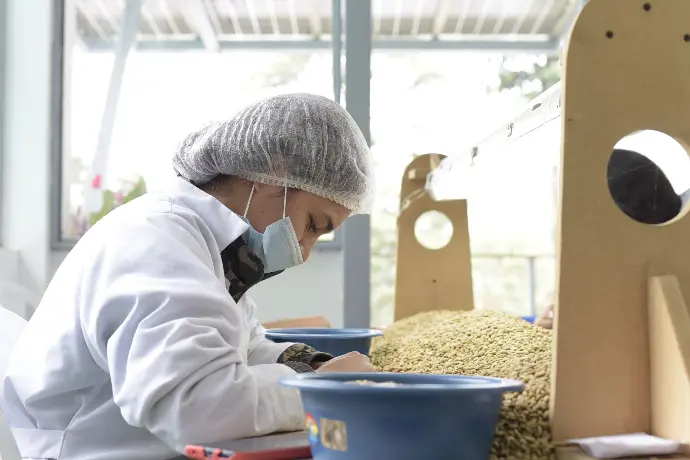
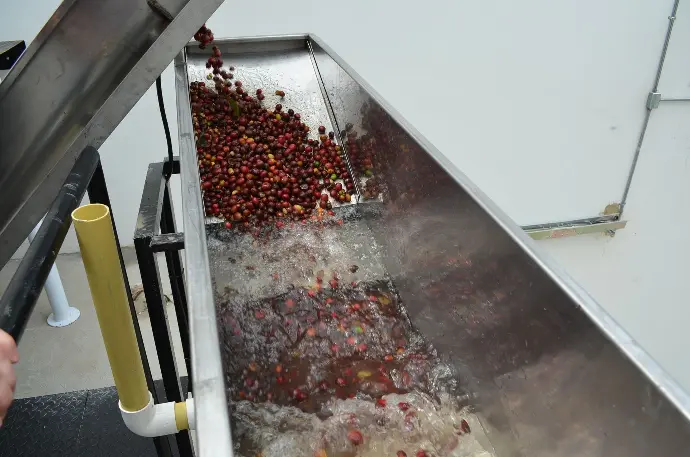
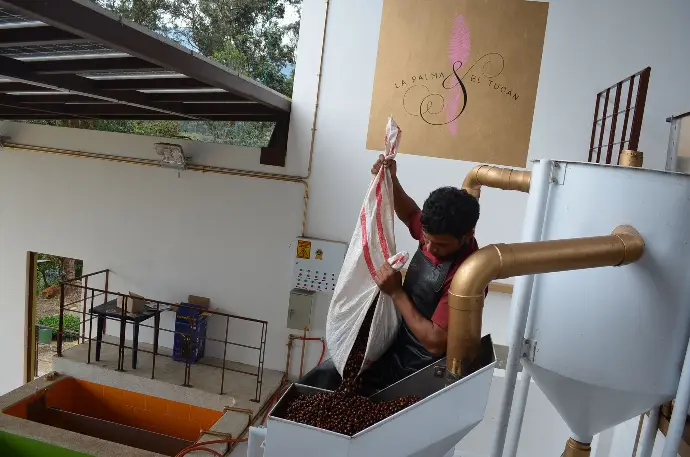
More than 1,000 different aroma components of coffee are known. By variation of the roasting conditions it is possible to achieve the specific flavor profile of the final coffee according to the preferences of the consumer. Green coffee beans are heated to between 180ºC and 240ºC for 1.5 to 20 minutes. Stronger roasting will generate darker colour and more intense aroma and flavour.
Coffee is typically roasted in horizontal rotating drums that are heated from below or fluidised bed roast chambers where the coffee is heated and moved by hot air. On an industrial scale, the burners are typically heated with gas or oil. Following roasting, the beans are cooled down to room temperature. They may then be packaged as whole beans ready from sale.
If required, the roasted coffee beans may be ground. This is done in a coffee grinder. Grind size needs to be adapted for each intended use (espresso machine, filter brew, instant coffee) as it will also influence the taste in the cup.
